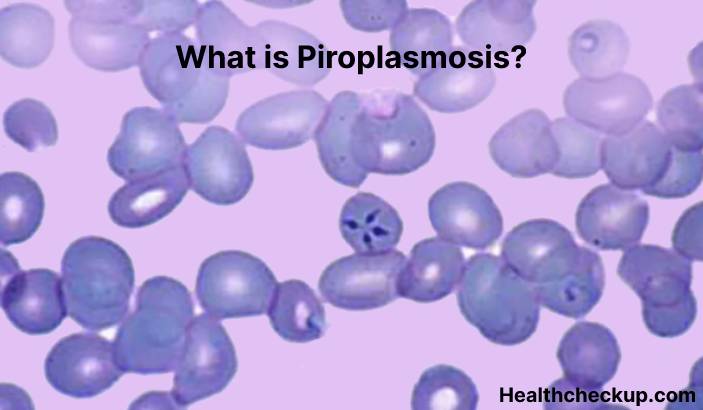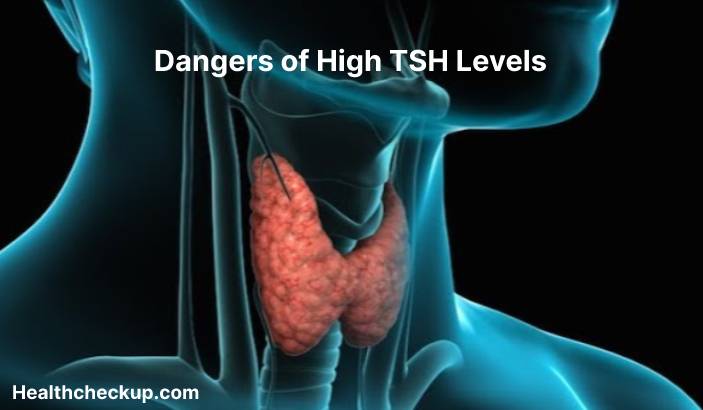Piroplasmosis is a parasitic disease that is caused by tiny single-celled parasites called piroplasms. It is transmitted to humans through the bite of infected ticks, and it can also be transmitted through contact with infected animals, such as dogs or cattle.
Symptoms of piroplasmosis include:
- Fever
- Headache
- Muscle aches
- Fatigue
- Rash
- Enlarged lymph nodes
- Yellowing of the skin and whites of the eyes (jaundice)
In severe cases, piroplasmosis can lead to complications, such as anemia, kidney damage, and liver failure.
Diagnosis of piroplasmosis is typically based on the presence of symptoms and a person’s history of tick bites or contact with infected animals. Laboratory tests, such as a blood test or microscopic examination of blood samples, can be used to confirm the diagnosis.
Treatment of piroplasmosis typically involves medications to kill the parasites and manage symptoms. It also includes supportive care, such as fluids to prevent dehydration, and medications to control fever and pain.
Piroplasmosis can be prevented through measures to reduce the risk of tick bites, such as using insect repellents, wearing long sleeves and pants when outdoors, and checking for ticks after being outdoors. It is also important to avoid contact with infected animals and to practice good hygiene, such as washing your hands frequently, to help prevent the spread of the disease.
If you are experiencing symptoms of piroplasmosis or have been exposed to ticks or infected animals, it is important to seek medical attention as soon as possible. Follow the recommendations of your healthcare provider and public health officials to help protect yourself and others from piroplasmosis.








